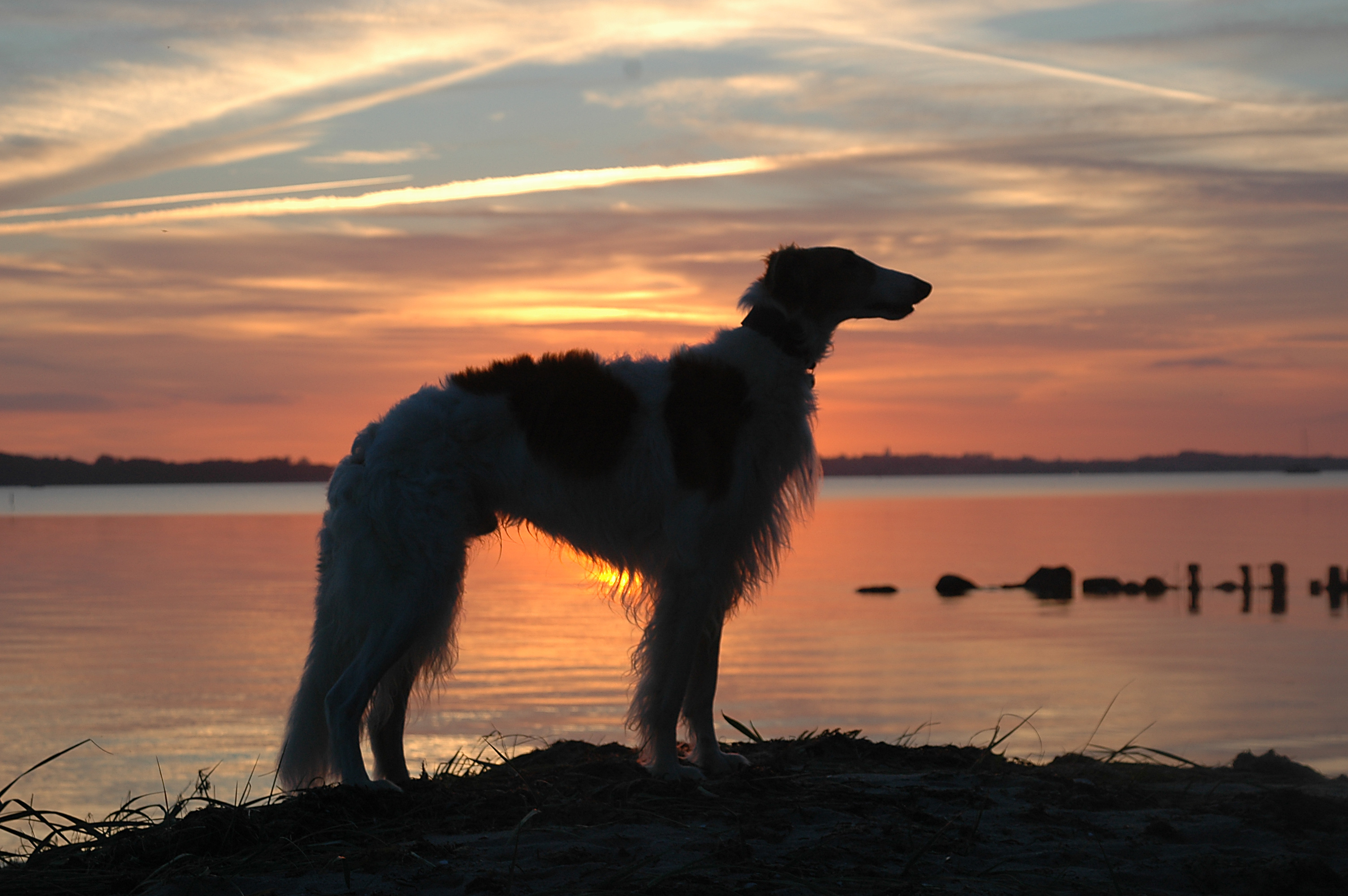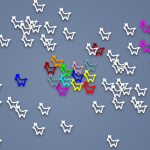
Borzoi test breeding
The Borzoi community received their very preliminary breed summary a couple weeks ago. You can read about that here! Today I used a “volunteer” dog and bitch to demonstrate how breeders might use our breed management software to breed for the future of their breed and their lines. As always, as an important note, this testing should not replace our previous tools – type, temperament, health testing, pedigree research etc will always be important aspects of breeding and should always be considered.
A sincere apology that my naughty Standard Poodles (and one old Bichon) chose to bark at the garbage man. Given we are breeders, this should come as no shock that I have dogs, but I feel I should apologize for that!
Remember, all our algorithms rely upon a good initial breed sample, so some of these metrics may likely change as more dogs are added to the study. Our metrics are based upon peer reviewed and published breed conservation calculations using the putatively neutral markers selected by the esteemed research team of veterinary geneticists at UC Davis. Our software was developed to use this data to preserve a breed’s biodiversity.
What is biodiversity?
The best explanation I’ve yet read is from BetterBred Founder Natalie, and as a result we will share it again here!
Most breeders think of DNA as coming in two options- a good gene, or a mutant gene – like it is in many DNA tests. In fact, there can be many versions of each gene or (in this case) marker in a single place on the DNA – like a t-shirt that is available in different colors. The more variants there are, the more information we have about the population genetics of a breed. In more inbred breeds, there are fewer variants for each marker. So to use our analogy, an inbred breed might have only a few colors available in t-shirts, whereas a diverse breed will have t-shirts in many colors. Apart from the relatively small number of genes that make up specific, visible breed traits, the rest of the gene pool is generally healthier when there’s a lot of variation for each marker.
Unfortunately when breeders select too strictly for too long and for very specific traits, there can be an unintended loss of variation in the parts of the DNA that thrive with more variation. A good way to assess whether that good variation has been impacted is by using the markers found in the VGL canine diversity test. Because they are considered neutral – or not associated with any specific known trait – they are great for assessing genetic diversity. In breeds with ample diversity, there will be lots of variations for each marker (lots of colors in the t-shirt drawer.)
But what if you have a breed without much variation? Well, this happens, and can happen quite often. In this case the best thing breeders can do is try to make sure the variants that are in the breed are well distributed – so there are plenty of all of them in the breed. Imagine a t-shirt drawer with lots and lots of red t-shirts but only one blue t-shirt and one green t-shirt. If you lose one of the red ones, it doesn’t change much about the t-shirt drawer – there are lots of other red ones. But if you lose either the blue or green one, the variation is seriously diminished. If, on the other hand a third of the shirts are red, and a third are green and a third are blue, then it’s a lot harder to lose the existing variation in the drawer, even if you lose one once in a while, and even though there are only 3 colors.
Want to test your dogs and contribute to your breed’s future? Or want to support BetterBred’s mission and free education of breeders with a Full membership? Join us for the future of breed preservation.
 Previous Post
Previous Post Next Post
Next Post


